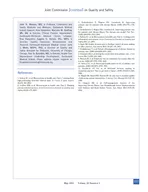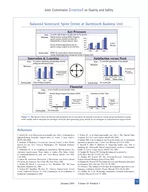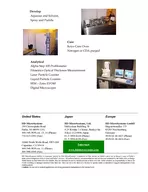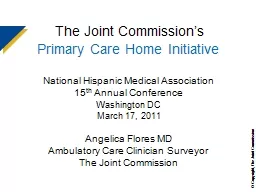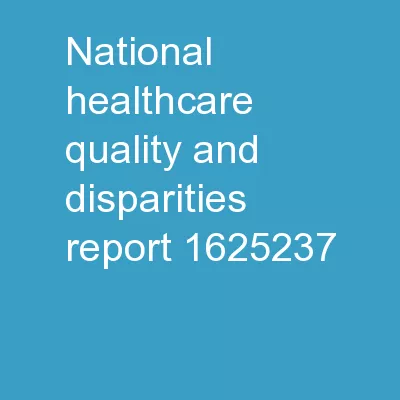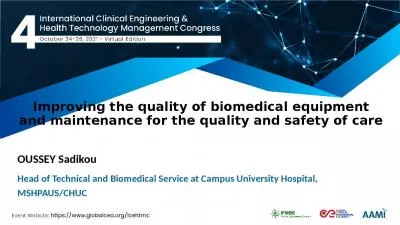PDF-Joint Commission on Quality and Safety Journal May Volume Number Microsystems in Health
Author : pamella-moone | Published Date : 2014-12-18
Planning PatientCentered Care Microsystems in Health Care John H Wasson MD Marjorie M Godfrey MS RN Eugene C Nelson DSc MPH Julie J Mohr MSPH PhD Paul B Batalden
Presentation Embed Code
Download Presentation
Download Presentation The PPT/PDF document "Joint Commission on Quality and Safety J..." is the property of its rightful owner. Permission is granted to download and print the materials on this website for personal, non-commercial use only, and to display it on your personal computer provided you do not modify the materials and that you retain all copyright notices contained in the materials. By downloading content from our website, you accept the terms of this agreement.
Joint Commission on Quality and Safety Journal May Volume Number Microsystems in Health: Transcript
Download Rules Of Document
"Joint Commission on Quality and Safety Journal May Volume Number Microsystems in Health"The content belongs to its owner. You may download and print it for personal use, without modification, and keep all copyright notices. By downloading, you agree to these terms.
Related Documents

